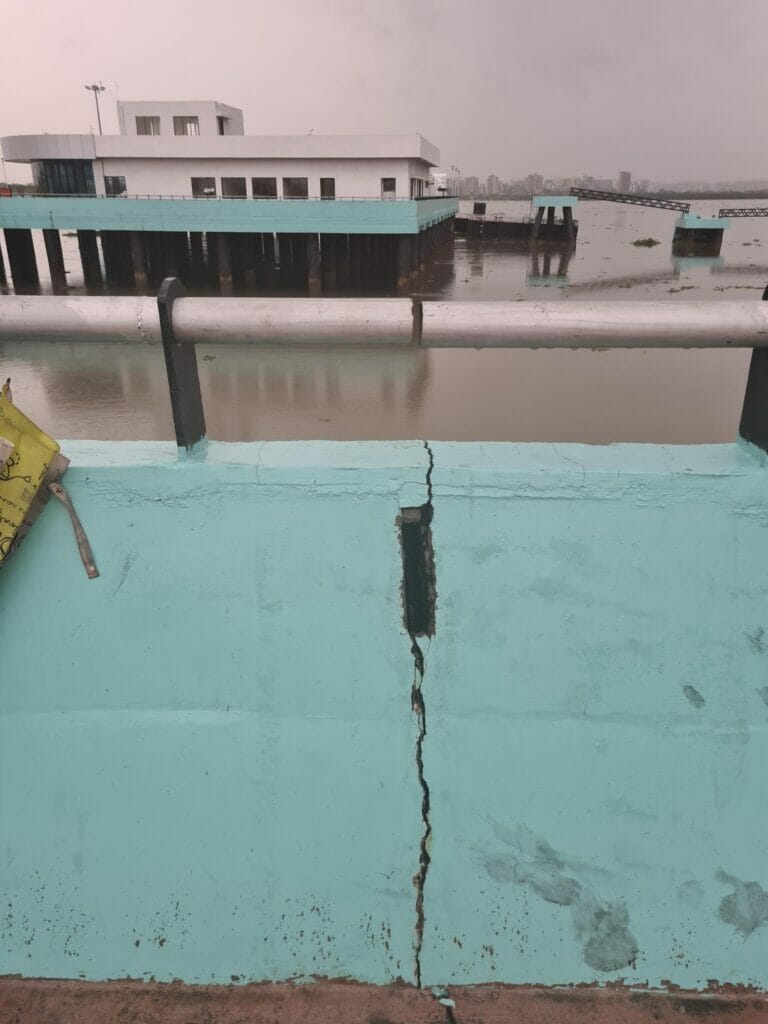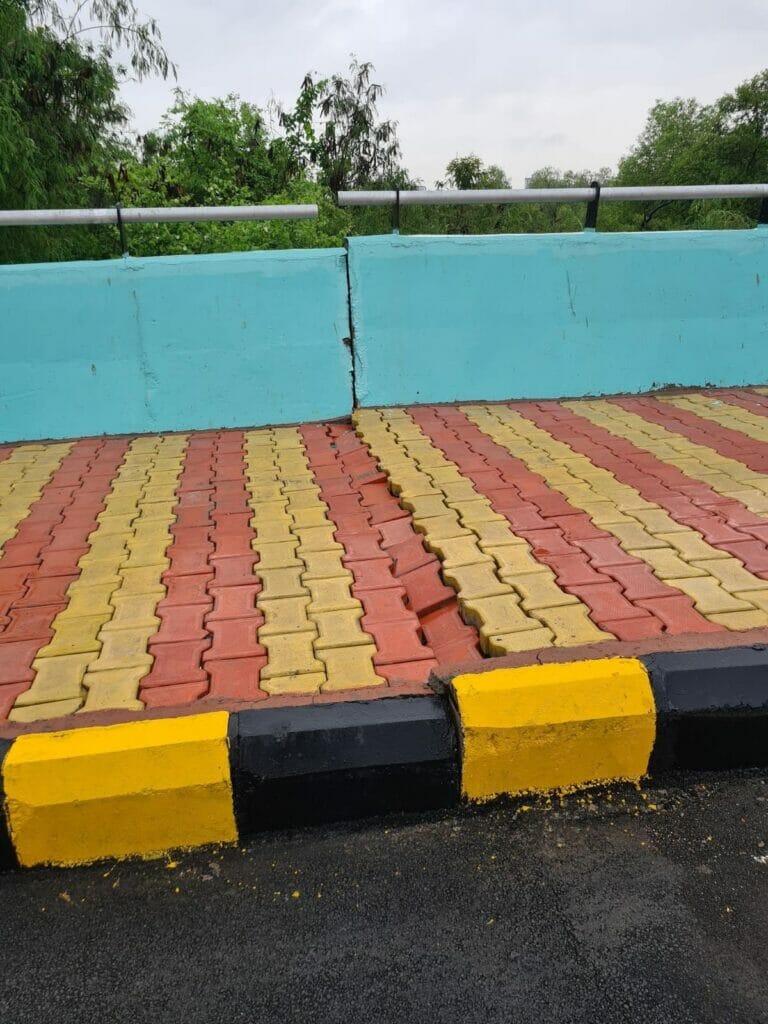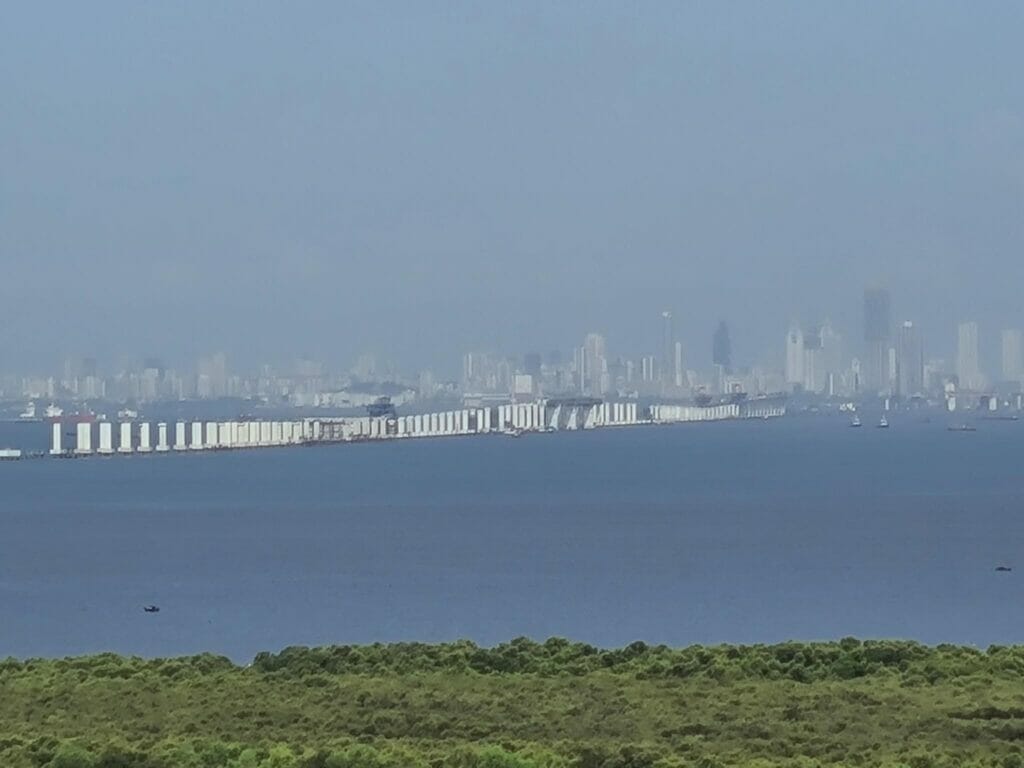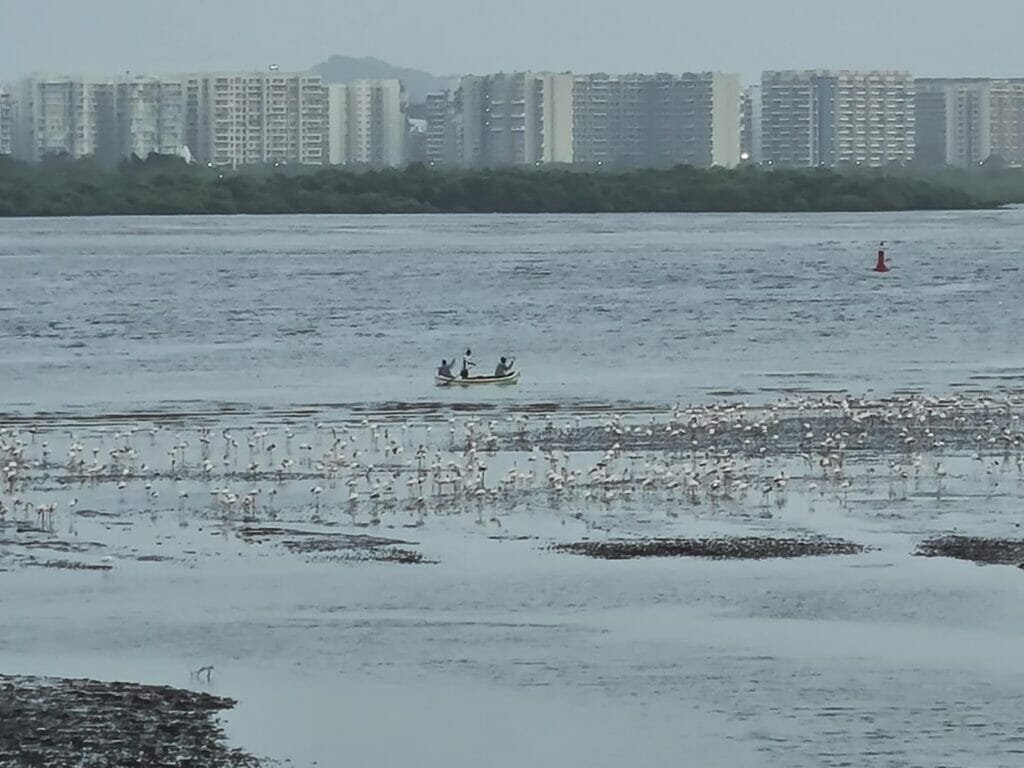The government recently announced that it will now ease the travel woes of residents by cutting travel time between South Mumbai and Navi Mumbai to 30 minutes. The Mumbai Port Trust (MbPT) will soon launch a ferry service from Belapur in Navi Mumbai to Gateway of India.
This forced me to do some research on this subject. CIDCO (City and Industrial Development Corporation) recently made two jetties within a distance of hardly 4 km from each other: one in Belapur at a reported cost of approximately Rs 10 crore, and another one in Nerul costing more than Rs 111 crore. Both were finished hurriedly and made ready by December 2021. The people of Navi Mumbai were very excited as we thought our travel time would now be saved.


We were left disappointed. The Belapur jetty was inaugurated with much fanfare on 17th February 2022, but it failed miserably because of the very high price of tickets and no end-to-end connectivity. The Nerul jetty which was built at 11 times the cost of the Belapur jetty is still to be inaugurated and put to use. Moreover, CIDCO has been silent about the inauguration of the Nerul jetty as well. An interest cost of 10% per annum means a loss of Rs 10 crore rupees per annum.
MTHL launched parallelly
At the same time work is continuing on the Mumbai Trans Harbour Link (MTHL) and is likely to be operational by December 2023. This project promises to cut the time taken to travel from Mumbai to Navi Mumbai to 20 minutes. The question is who will use the expensive water transport once MTHL becomes operational. Why were these developments not taken into account when spending money on these jetties?

With MTHL being constructed, which will provide 20 minutes of connectivity, water transport looks like a wasted effort of public money & resources. The ferry service is not starting from the same place which was used earlier but at new places to make the surrounding area attractive for builders and flat buyers! MTHL provides direct access from Sewri to Navi Mumbai. The traffic towards the new airport as well as towards Pune or Goa will not have to enter Navi Mumbai. The 22-km MTHL promises 20-minute connectivity between Mumbai and Navi Mumbai.
Mumbai is already operating a loss-making monorail. Why add to such loss-making infrastructure? Who is responsible for the waste of public money and what is the hidden agenda behind such wasteful expenditure?
Citizens are raising these questions but there is mysterious silence from the government and bureaucracy.
Read more: Water transport in Mumbai is evolving, are we prepared?
History of other water transport services in Navi Mumbai
This is not the first time that water transport is being introduced from Navi Mumbai to Mumbai. Hovercraft services were introduced from Vashi & CBD Belapur to Gateway of India way back in the late nineties.
The areas around the hovercraft landing site were touted as premium plots for residential towers with 40 minutes of connectivity from Navi Mumbai to Mumbai in the comfort of air-conditioned hovercraft. The whole of Sector 11 of Belapur in Navi Mumbai was sold based on this project. It was a dream come true for middle-class flat buyers.
Having sold all the plots near landing points at Vashi & Belapur at a premium and officials getting their cut during construction, CIDCO was no longer interested in continuing the services. The project died a slow death and hapless buyers in the project were left to endure the endless traffic or overcrowded trains after having bought the flats at a premium near such landing points. This entire project must be a lesson for the development agencies and the governments that have come to power since then.
The hovercraft services were also very popular and had a good response. The services were not discontinued for lack of patronage but because of lack of planning.
Hovercraft services were introduced in a hurry, without making similar arrangements on the Mumbai side. The newly introduced ferry & water taxi also suffer from same. No one is interested in going only up to Bhaucha Dhakka, Dockyard Road, Mumbai by water transport as the main traffic jam starts after that point moving towards South Bombay.
Despite this history, the same game is being repeated in Nerul. The plot next to Nerul jetty was put on auction and got three times the reserve price. But as part of the plot is in the Coastal Regulation Zone 1 (CRZ), the concerned citizens have approached the National Green Tribunal and have got a stay order till the next hearing in December 2022.
Projects in Panvel are being sold showing the same carrot now.

Failed projects under CIDCO’s administration
CIDCO is known for such wasteful expenditure. Restoration of Belapur fort is another example. Instead of giving the job to agencies like Archaeological Survey of India, they themselves engaged some contractors and the result was the collapse of the watch tower during the construction stage itself.
Read more: When will Belapur Fort be restored?
Navi Mumbai’s own zoning plan mentions that Belapur built as a Central Business District (CBD) has its own helipad and helicopter services.
Water transport that truly serves people’s needs
If an end-to-end solution is provided and the water transport is reliable and affordable, it will work. For example, we were all very excited and looking forward to the start of services from Nerul to Gateway of India, but it never started. The service from Belapur was very costly, with very low frequency and services only up to Bhaucha Dhakka, Byculla.
Water transport can be made affordable and cut down travel time as we see ferry services operating from Mumbai to Alibaug or islands like Madh and Manori. This requires the government to understand and meet the needs of the people before bending to vested interests.
The attitude of CIDCO is to first build and then plan how to use it, rather than the other way around. Duplicating infrastructure, abandonment of expensive hovercrafts, and unused idle expensive infrastructure — all point to poor accountability.
CIDCO has no respect for the environment and environmental laws, as is evident from its reluctance to handover mangroves to the forest department despite a Bombay High Court order, auctioning of plots falling in CRZ areas, or denying the existence of wetlands and CRZ status to benefit private builders and developers.
Read more: In the destruction of wetlands, is CIDCO above the law?
Citizens demands must be considered
All such failed projects serving real estate interests indicate that development agencies are not considering the needs of the common people. The citizens want affordable, sustainable and accessible modes of transport. In Mumbai, local trains were the lifeline of Mumbai. Instead of increasing the frequency, why is the government pushing for costly metros? There seems to be no plausible explanation except for real estate development surrounding newly created metro stations.
Similarly, BEST buses work best in terms of providing connectivity and are affordable. Instead of working on solutions like dedicated bus lanes etc., the government encourages private cars by building more flyovers and roads where buses are not allowed. Unless people are consulted, such ferry, hovercraft and metro projects will keep coming up and we will continue to be stuck in traffic and overcrowded trains.
So true. Well expressed.
It’s a very well written article, highlighting the poor planning by CIDCO. CIDCO is known for wasting money on I’ll planned projects which never see light of the day. The jetty at Nerul is the epitome of corruption and I’ll planning. How can ro-ro services operate when there is no sufficient water draft? The cost per one side trip @₹800-1000 can never take off.
The way the while Nerul project has been conceived, it seems the only justification would be to sell the plots around this to builders in days yo come.Fost last six months since the inauguration the best use of the jetty has been done only by morning and evening joggers and walkers.